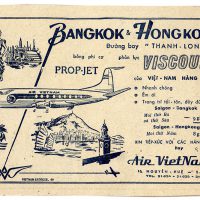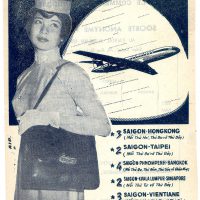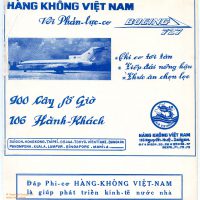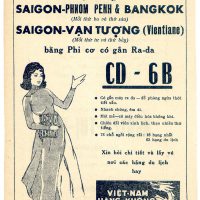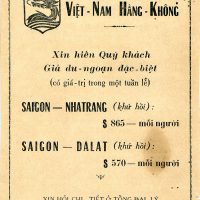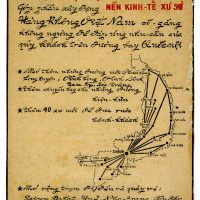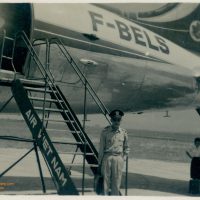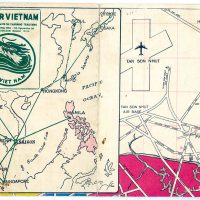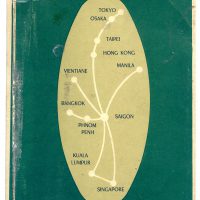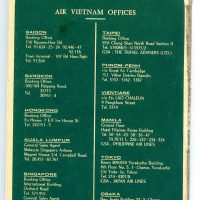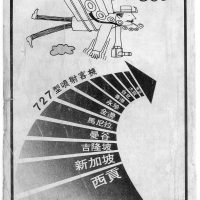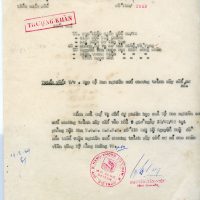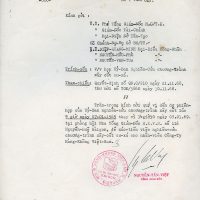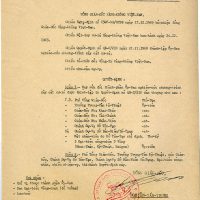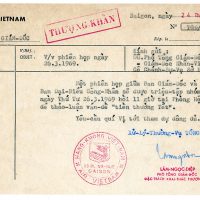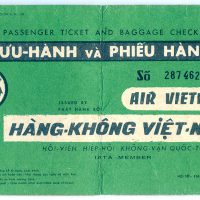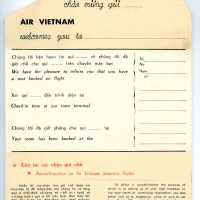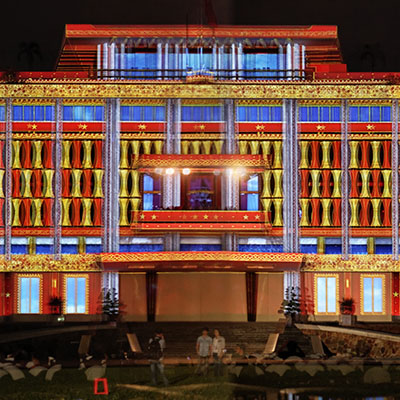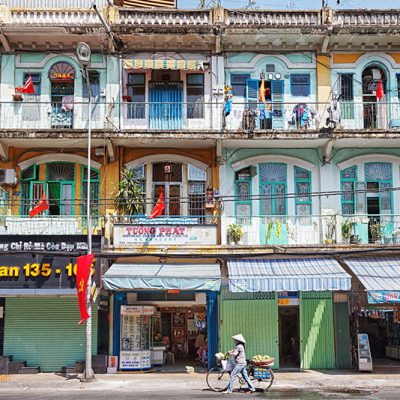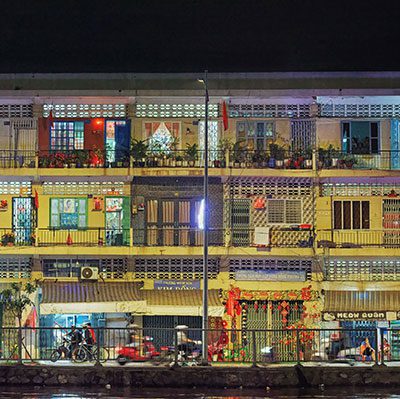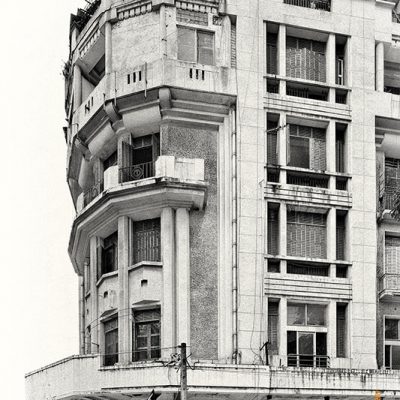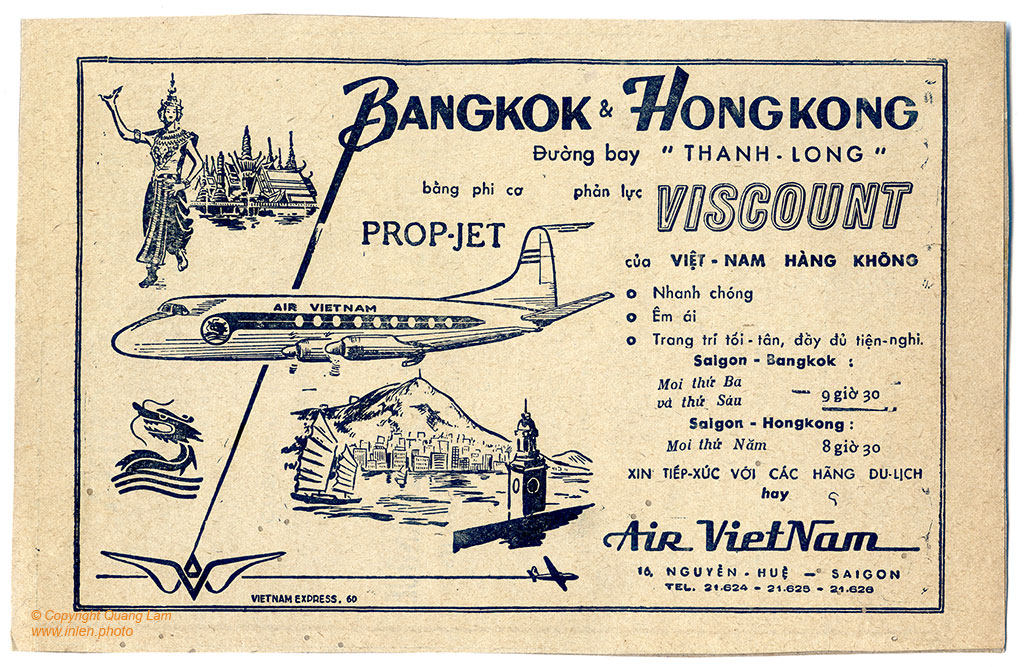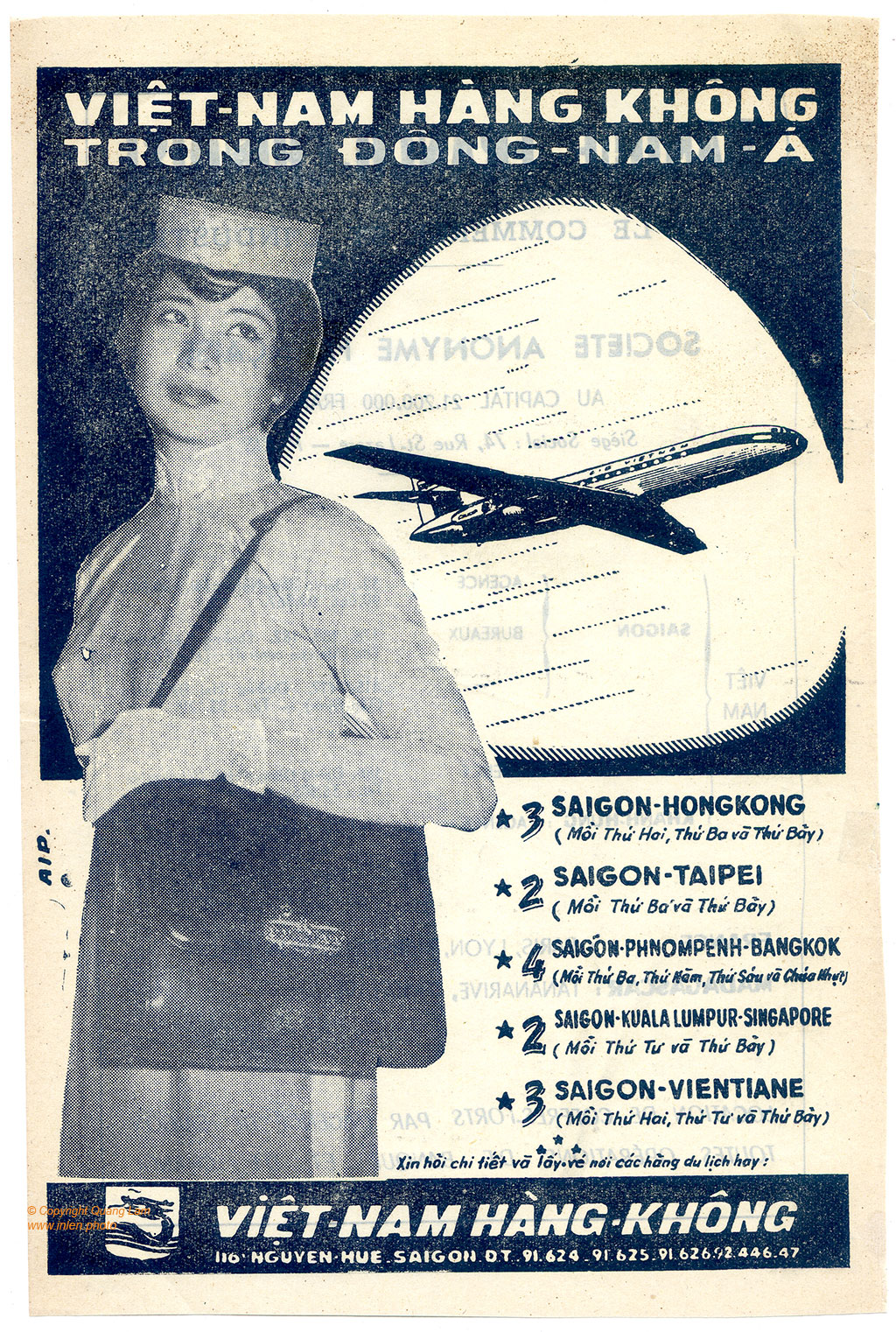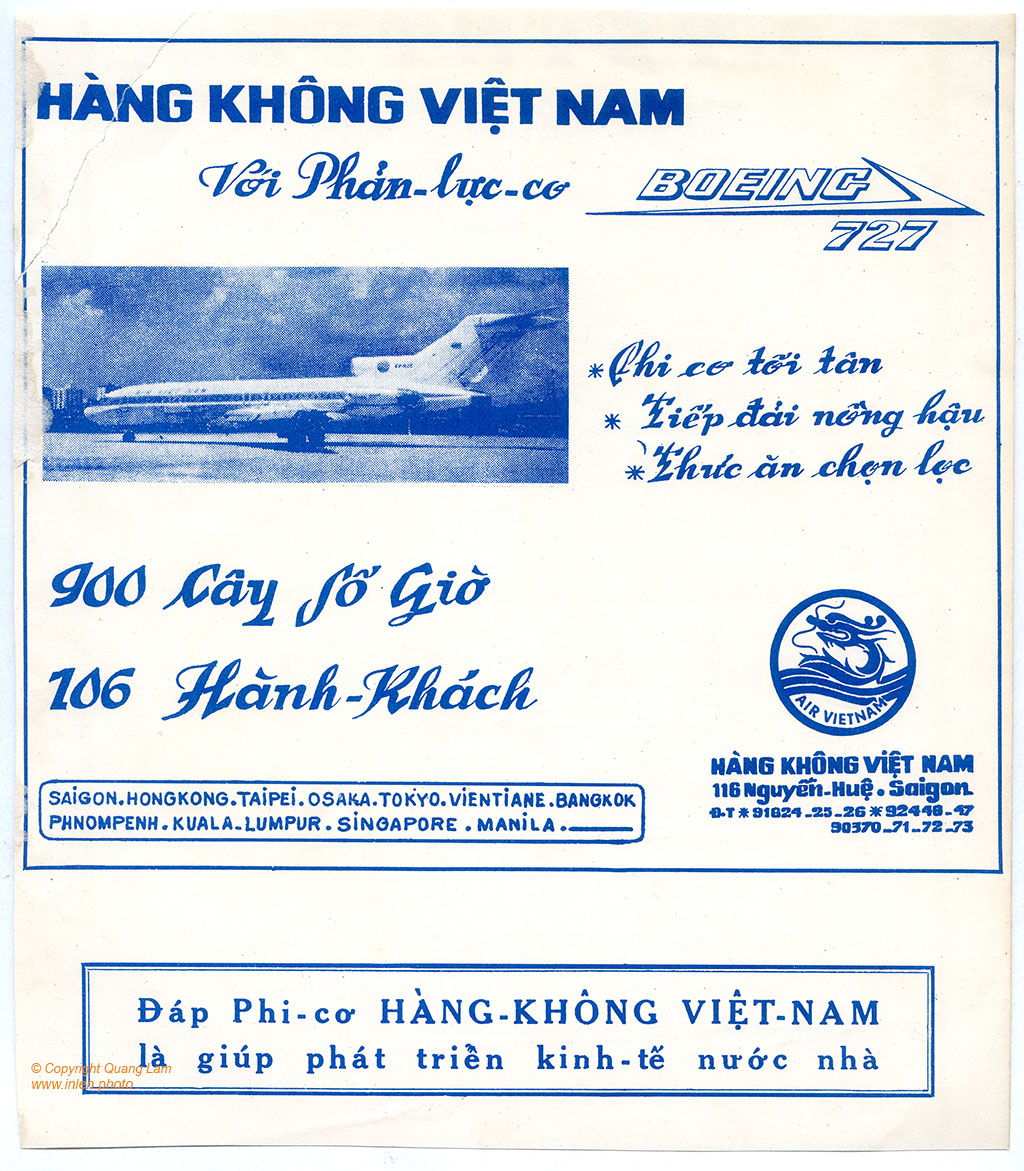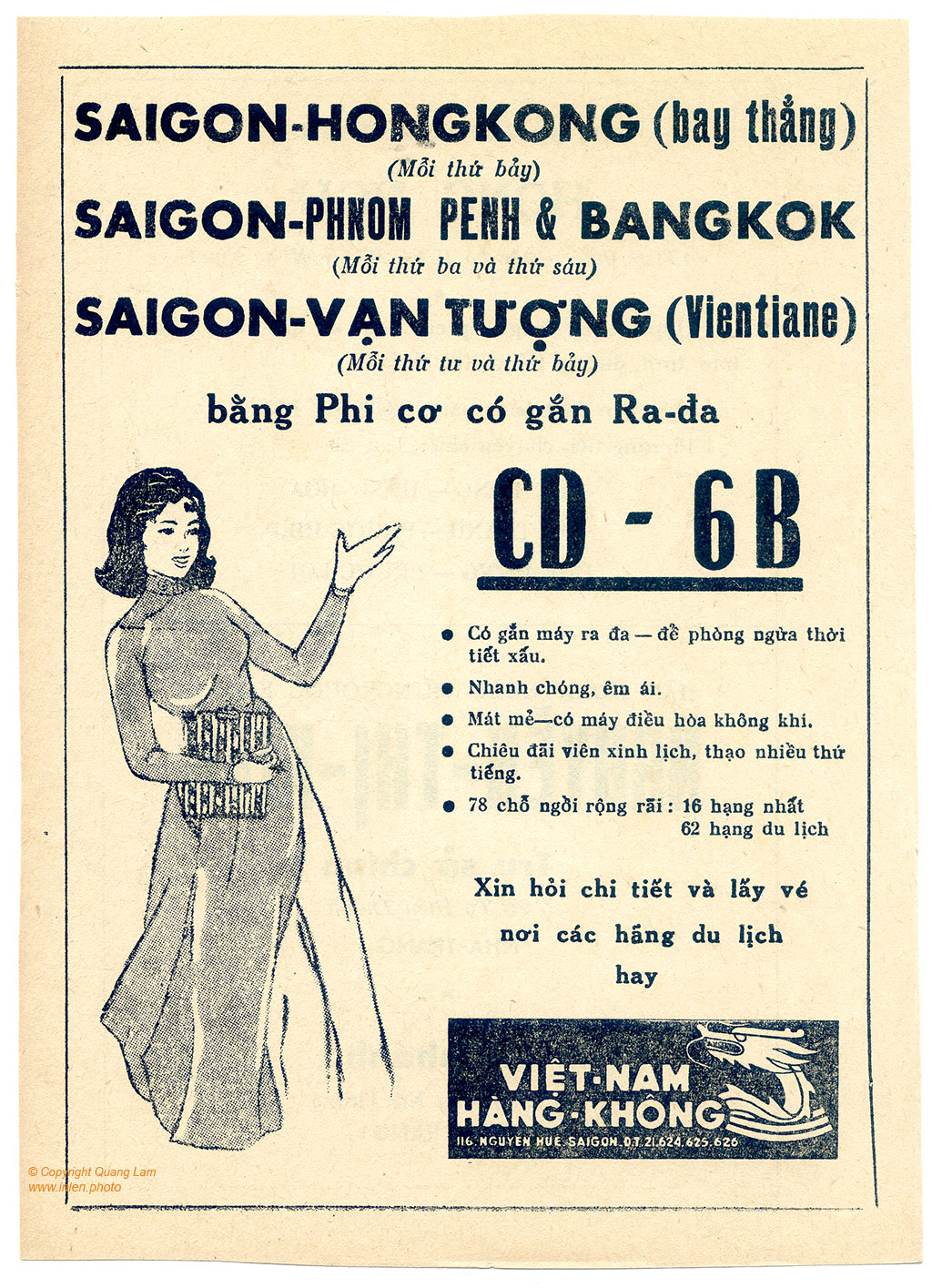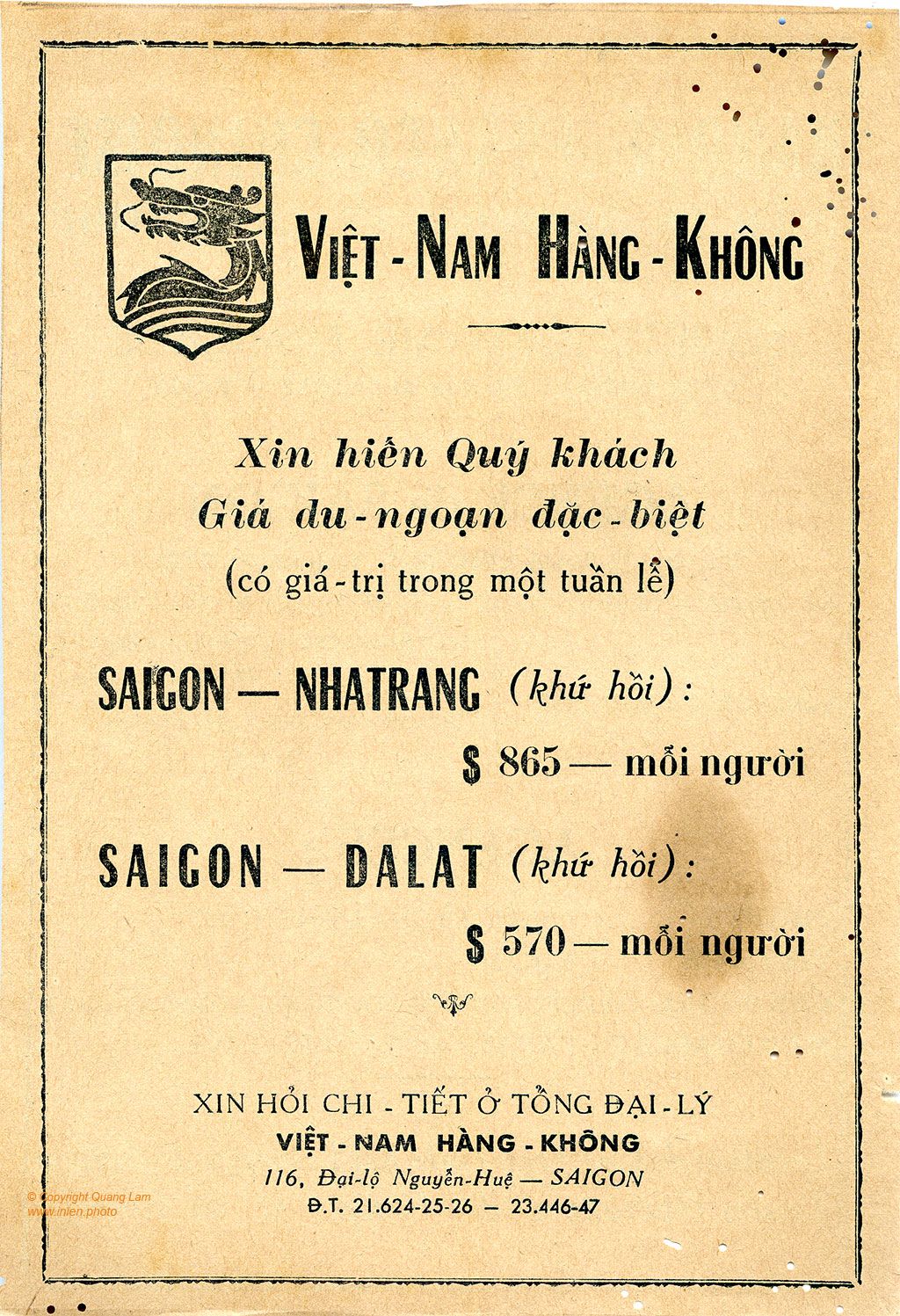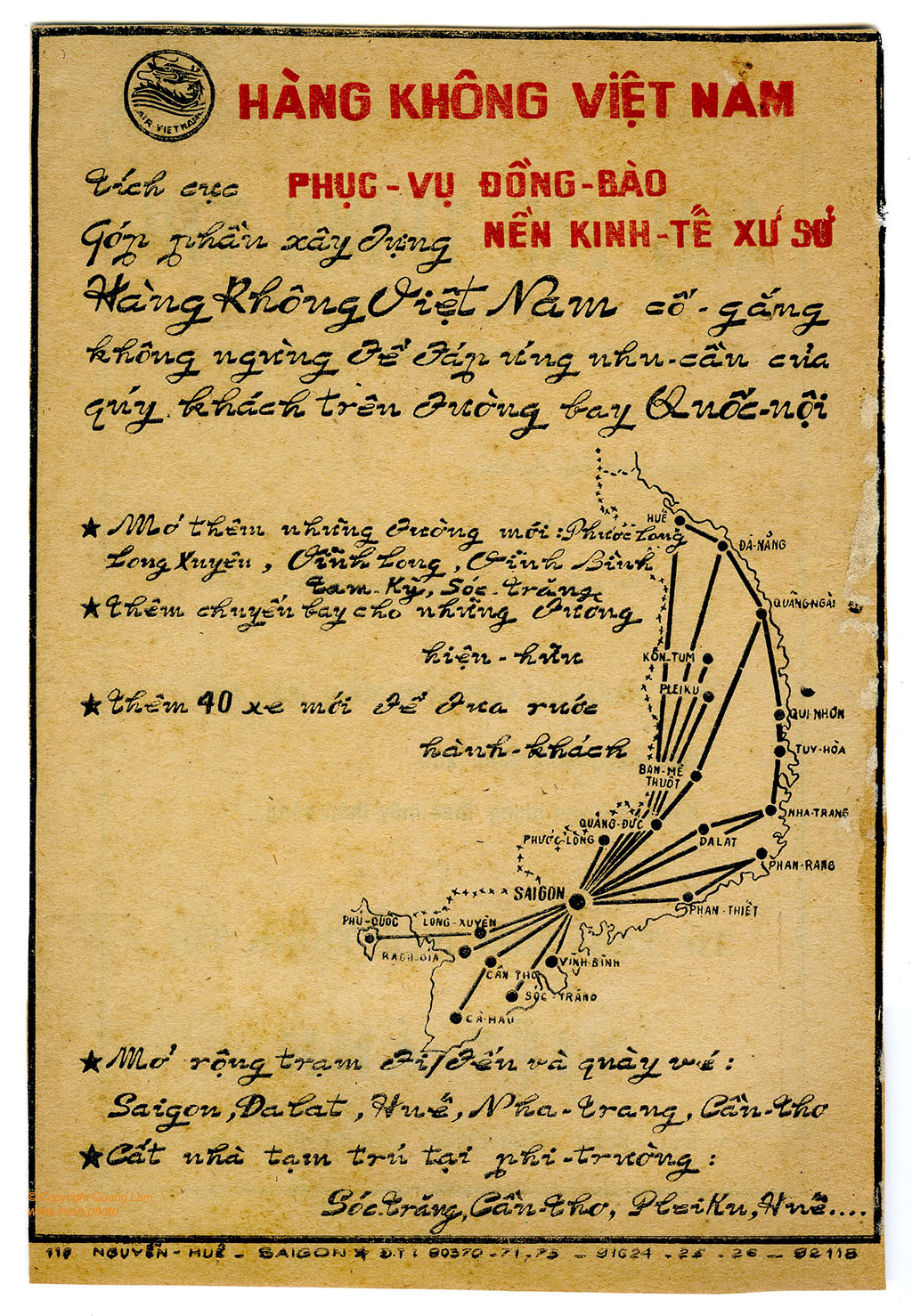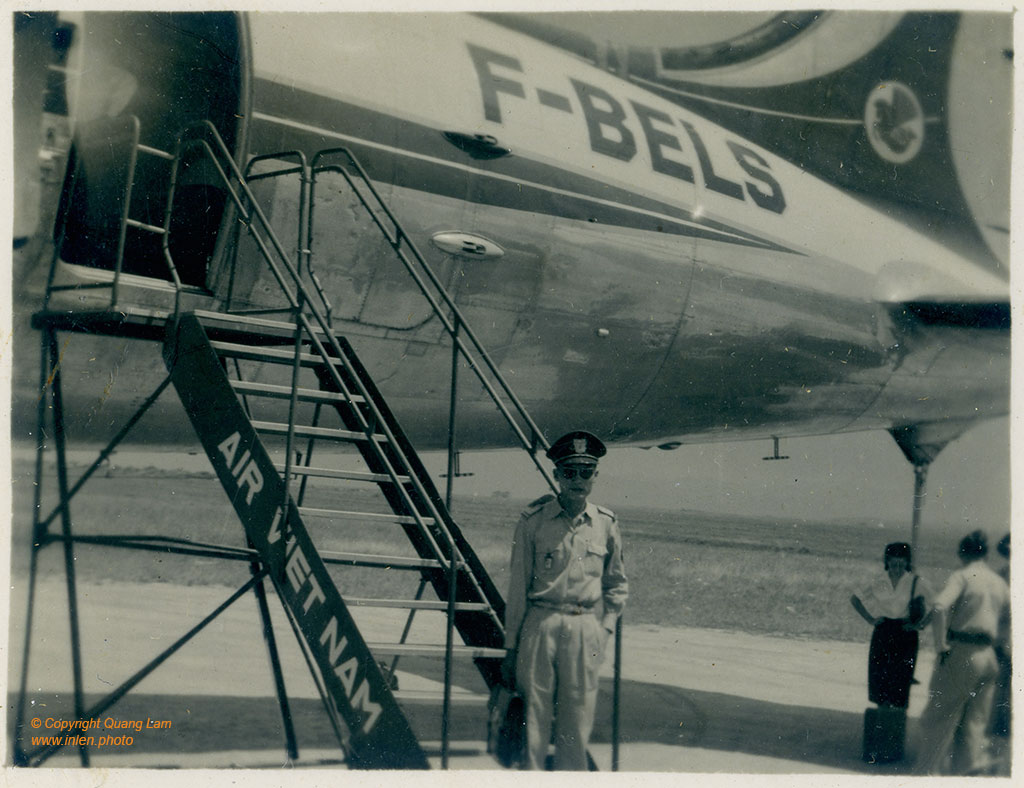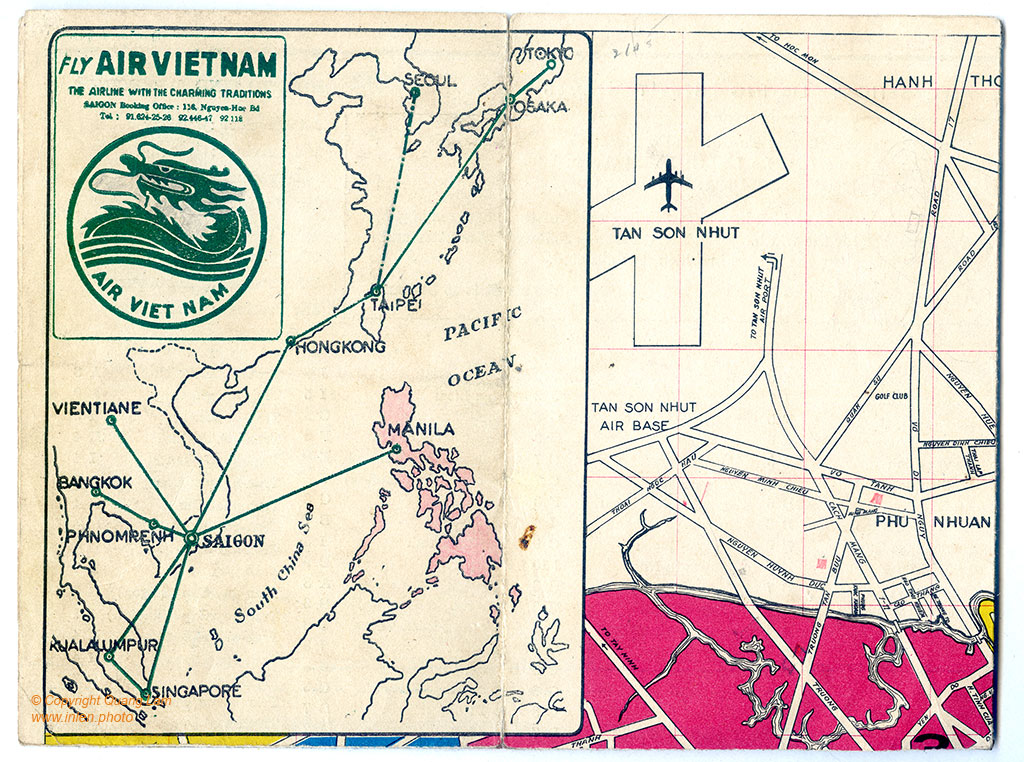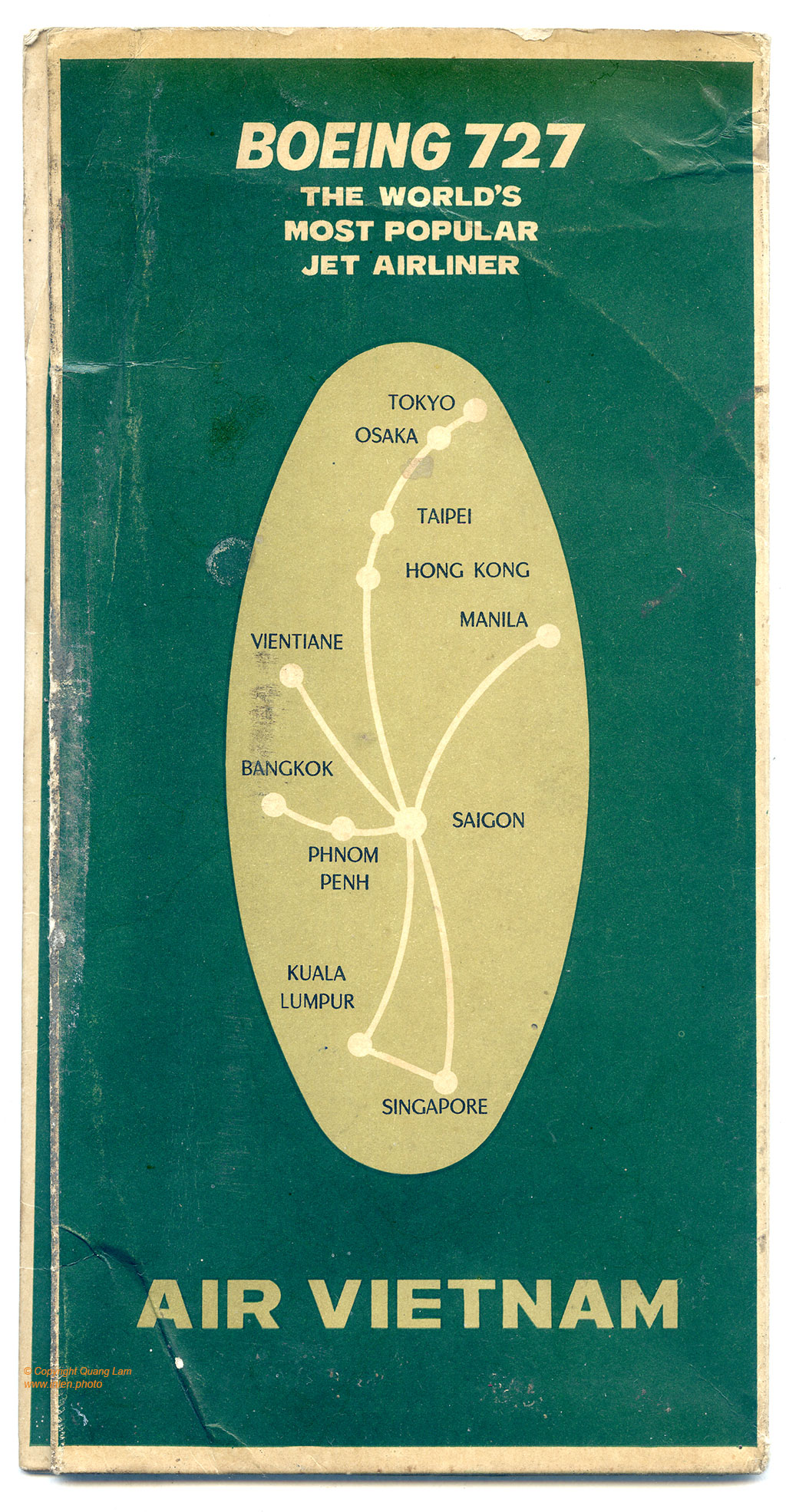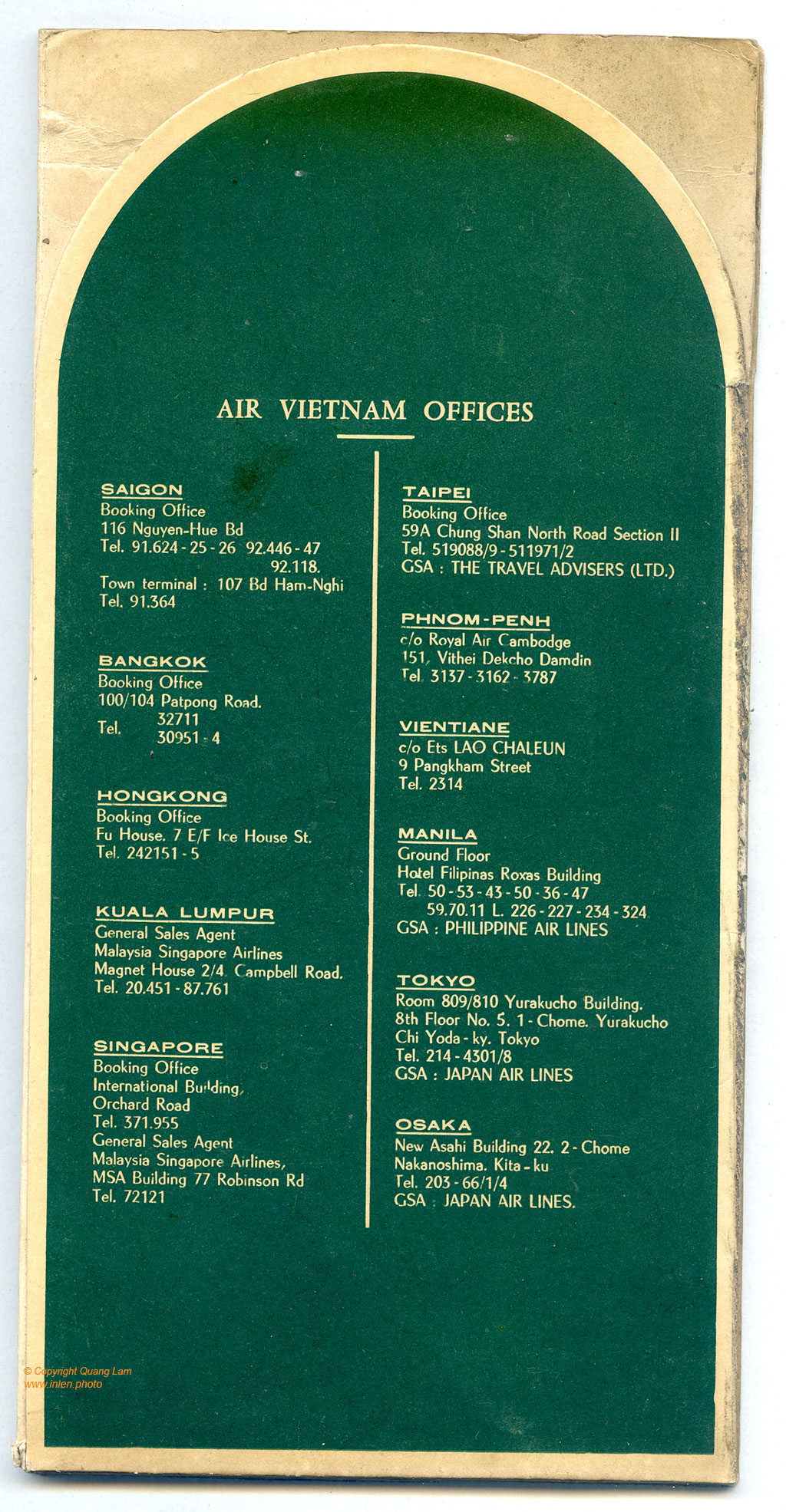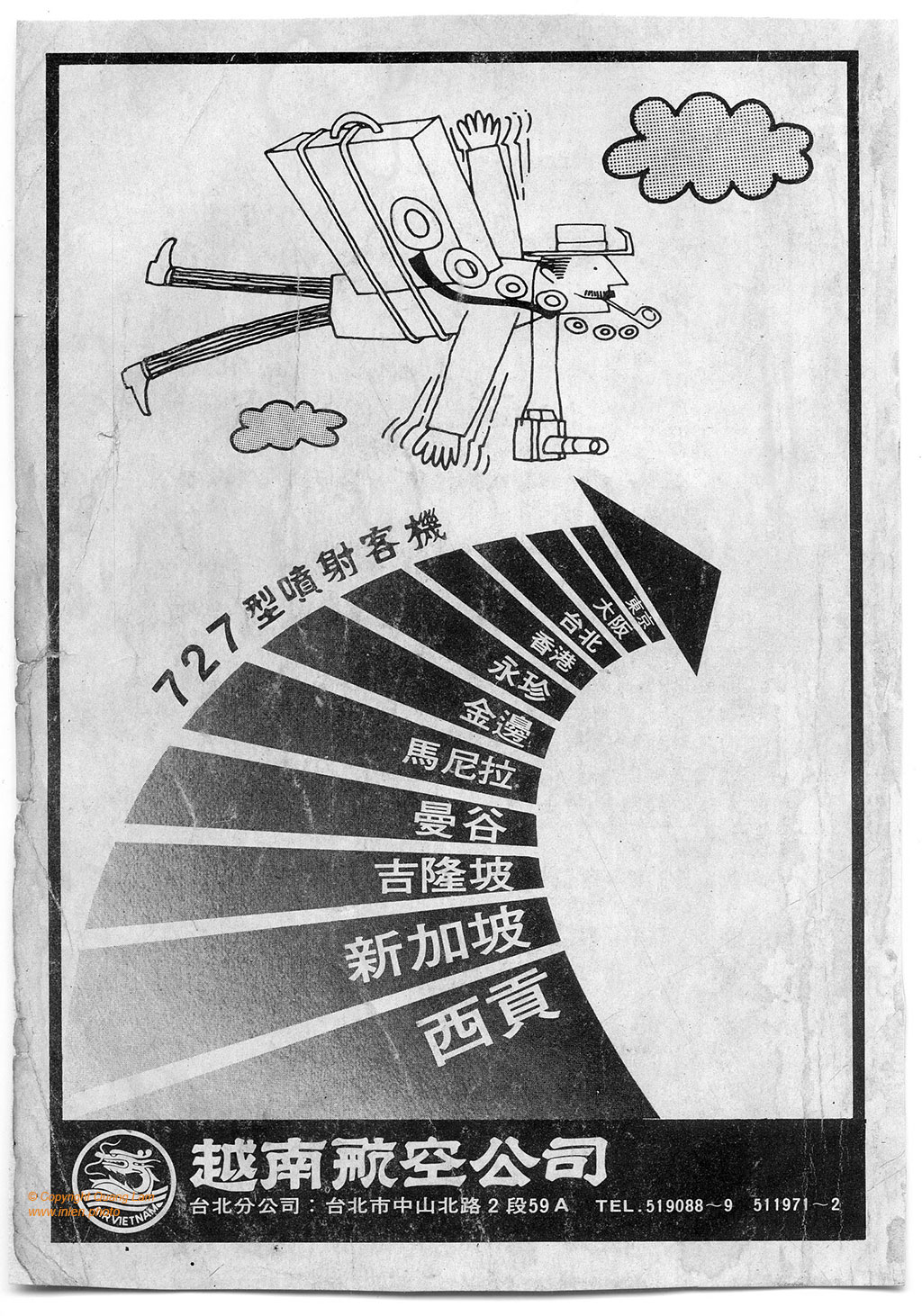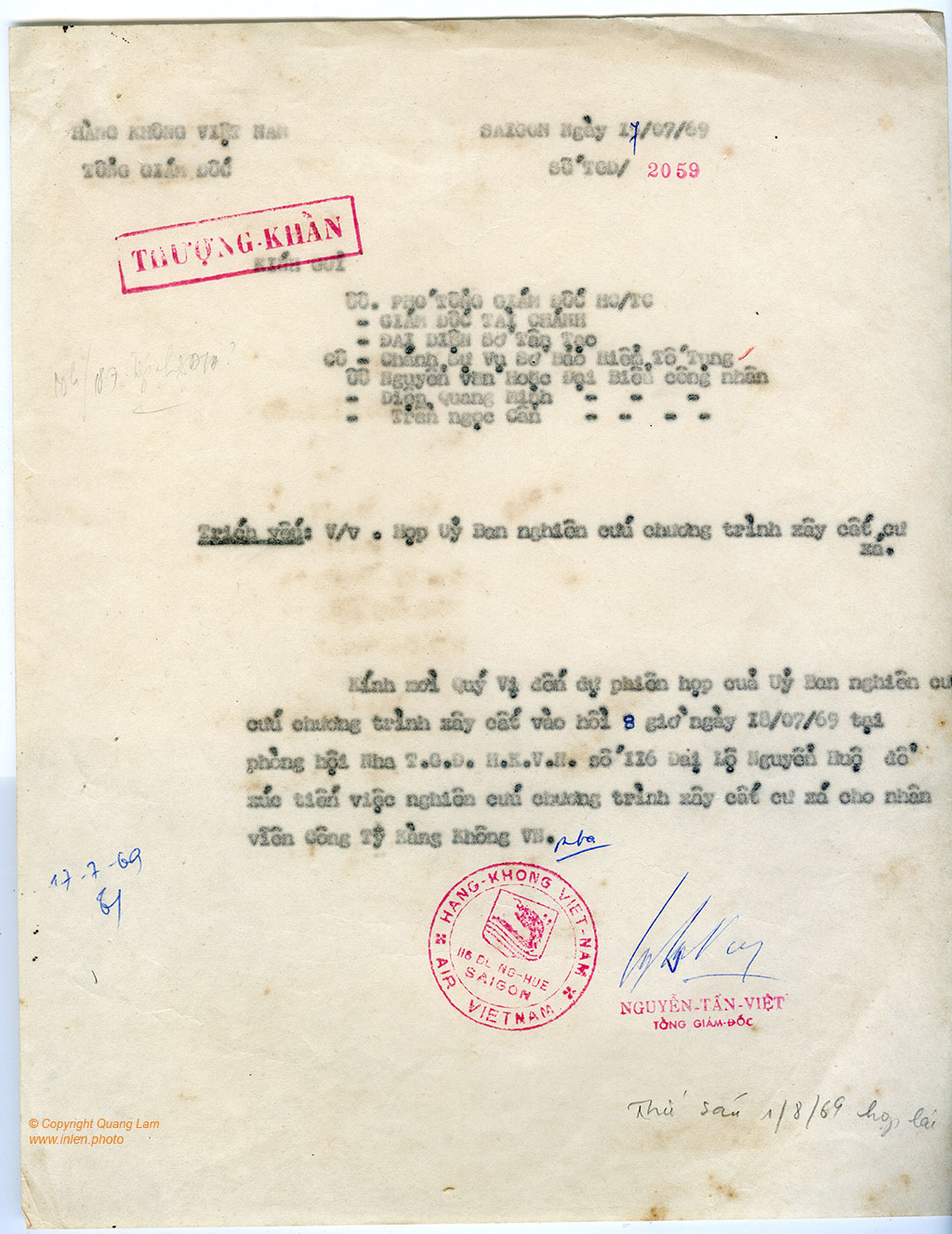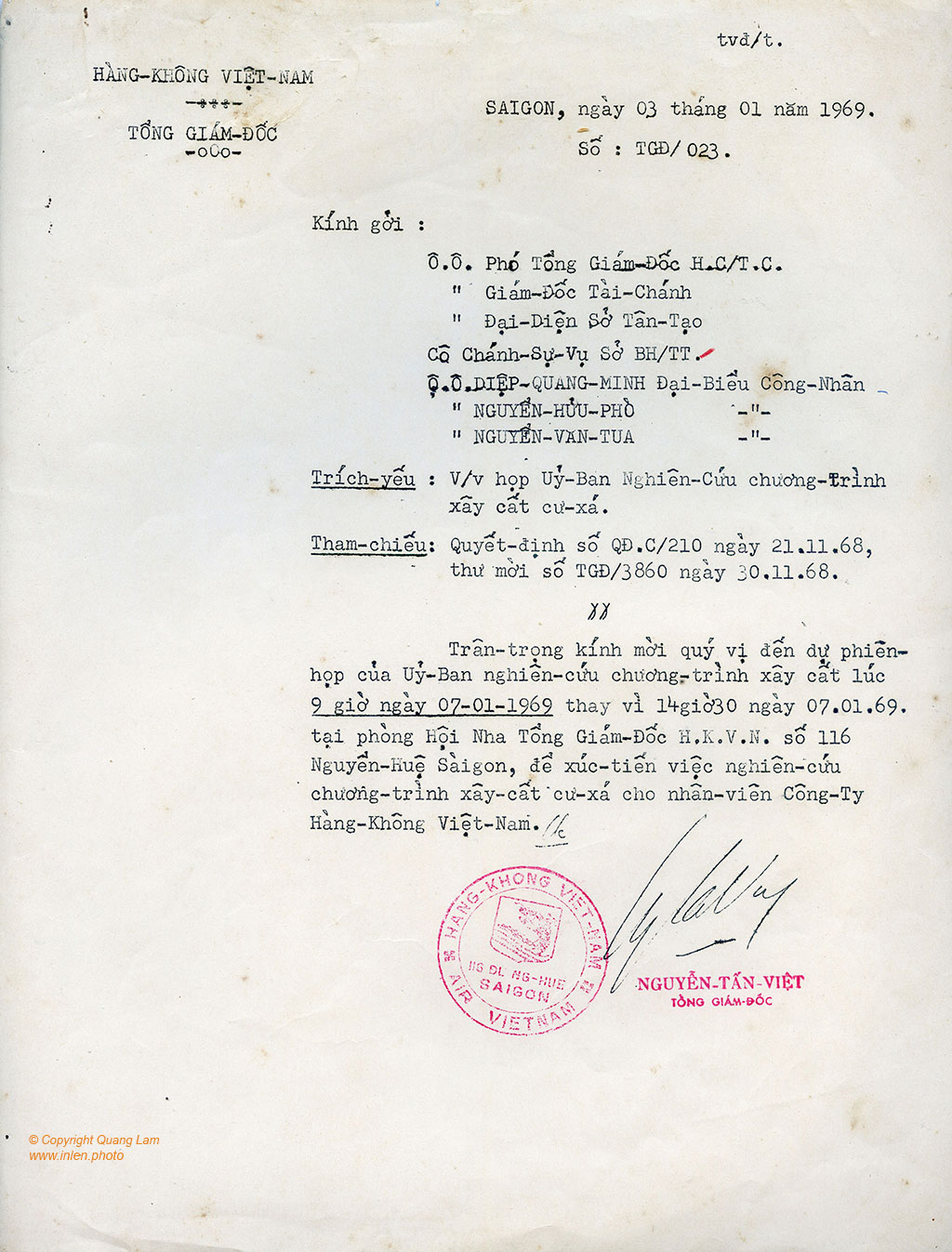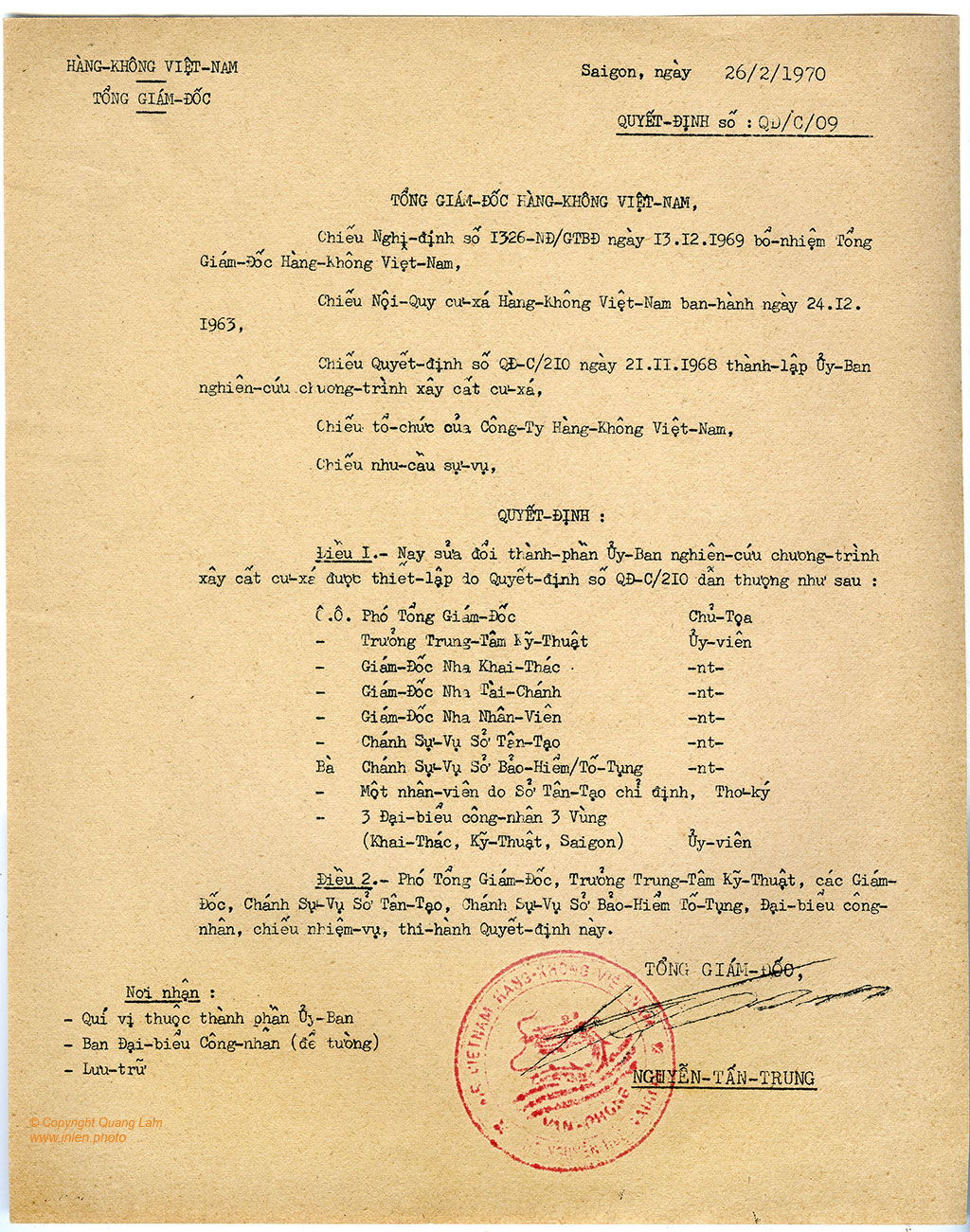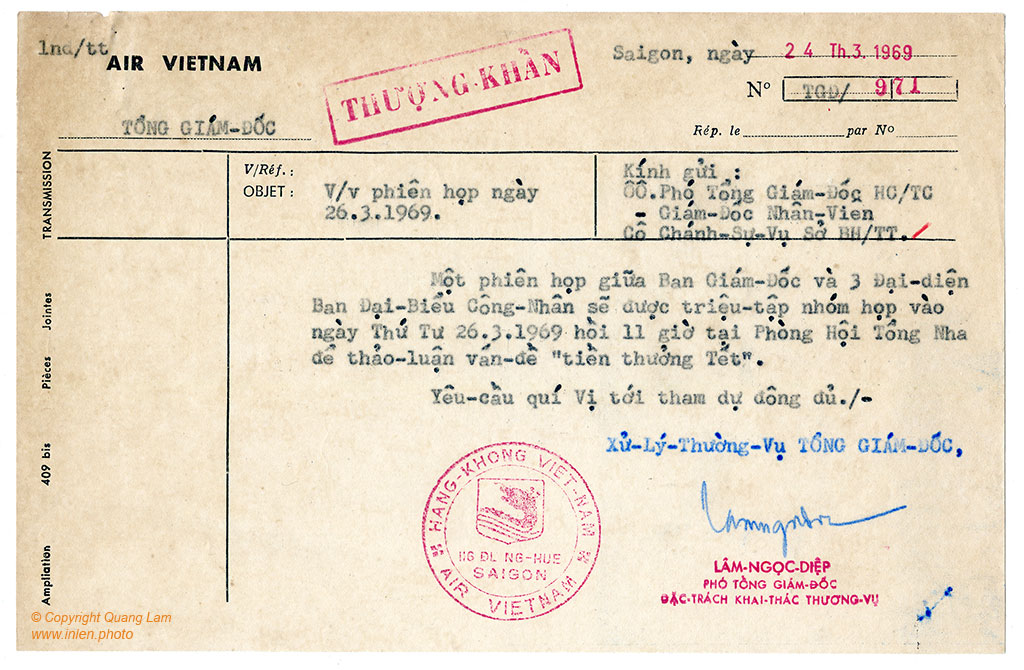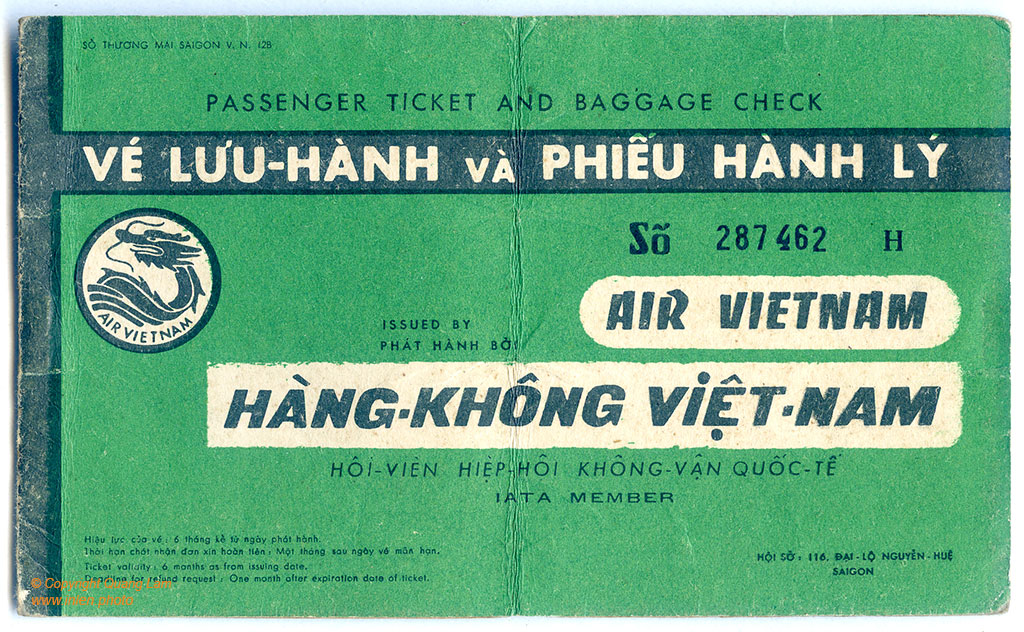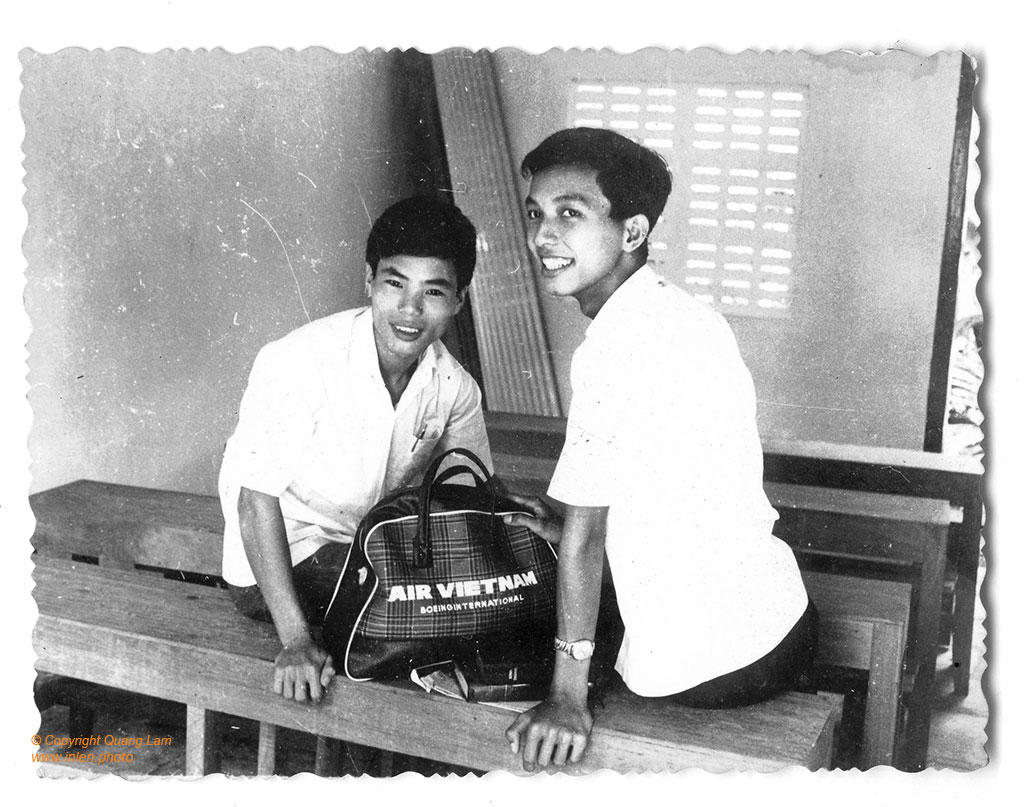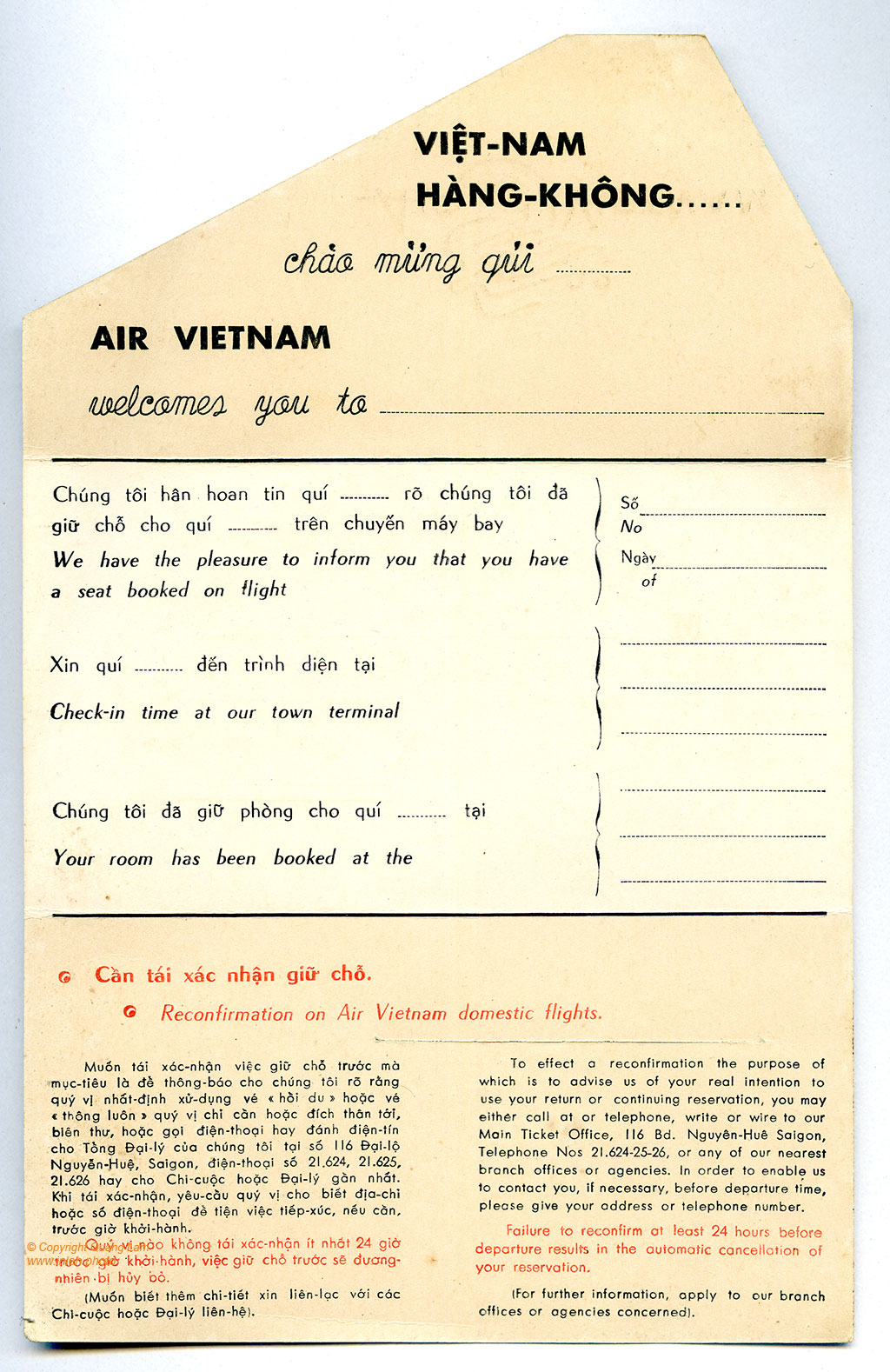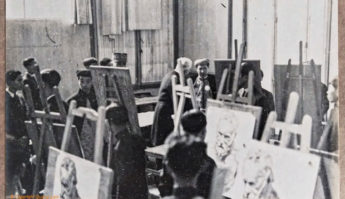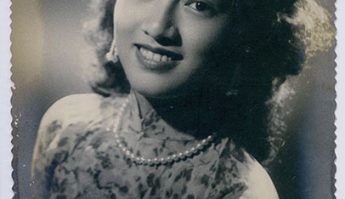Air Vietnam – The untold history, 1951-1975
These exclusive documents (text, images) of Air Vietnam are part of our collected archives. They fill the gap in the official narrative of Vietnamese Aviation.
Displayed as ready-made in the exhibition Air Skylen, these archives show how it was critical for the country to own its airlines in the decolonisation process defining hence its new and modern identity.
Note by the author NGUYÊN MẠNH CUNG
This article was written according to the documents of Mr. Fery Vital, ITA, DGAC and Air France, with the collaboration of Ms. Nguyen Thi Kim Tuyen and Mr. Nguyen Tu Thien, Lam Ngoc Diep, Tran Tho Phuoc , Ton That Vinh, Nguyen Ngoc Hien, Doan Giao, Chung Van Qua, Nguyen Tan Truyen
1. ESTABLISHMENT
Following the agreement of the two governments of France and Vietnam on June 17, 1950 on setting up “a Vietnamese-French airline transport company”, and after being approved by the Vietnamese government on October 3rd, 1951, the company AIR VIETNAM was officially established on October 15th, 1951 and exploited from October 16th.
[..]
The company’s headquarters was located at 5 Quai Le Myre de Vilers (Bach Dang Wharf, next to the Hotel Majestic), and at 14 and 116 Nguyen Hue Avenue. In the early 1970s, moved to the new headquarters at 27B Phan Dinh Phung Street.
[..]
2. Organisation
The first Chairman of the Board of Directors was Mr. Nghiem Van Tri, then Mr. Nguyen Van Khai, Pham Long Su, Truong Van Thuan, Luong The Sieu, Nguyen Tu Thien, Tien Van Vien and Nguyen Tan Trung.
Upon its establishment, the management board wascomposed by employees from Air France. Starting 1960 in the process of Vietnamization, all command posts are held by Vietnamese experts, Commercial Director Mr. Nguyen Xich Hao, Finance Director Mr. Tien Ngoc Trinh, Exploitation Director Mr. Lam Ngoc Diep and Truong Technical Center Mr. Nguyen Tan Viet.
DOMESTIC FLIGHTS – PERIOD 1951-1962
In 1952, the company operated weekly 17 domestic flights, with a daily fight Saigon-Hanoi by DC-4 carrying 60 passengers, plus two flights to Hue or Hai Phong. The highlands destinations were flights to Da Lat and Ban Me Thuot, and for the center of Vietnam to Nha Trang, Qui Nhon, Da Nang and Hue, plus add Saigon-Da Lat-Nha Trang route.
[..]
Because Air Vietnam did not have enough aircraft, the Hanoi-Saigon Airlift Bridge at the end of 1954, was done by military and civilian French planes carrying more than 160,000 people.
In 1955, after the Geneva Agreement, the number of flights remained unchanged, but the main route was shortened to Saigon-Da Nang-Hue.
[..]
INTERNATIONAL FLIGHTS – PERIOD 1951 – 1962
Vietnam Airlines used part of its commercial rights to develop international routes to Phnom Penh, Bangkok, Vientiane, Hong Kong and Singapore, which Air France has reestablished from 1946 to 1949.
In 1952, by DC-3, there was a daily flight to Saigon-Phnom Penh, a weekly flight to Saigon-Bangkok, then a seat added to Siem Reap around 1956, two flights to Saigon-Seno-Vientiane; By DC-4, there were two weekly flights to Saigon-Hanoi-Hong Kong and Saigon-Haiphong-Hong Kong, together with Air France, until November 1954, due to the Geneva Agreement, only Saigon-Hong Kong route remained.
From April 1, 1955, Air Vietnam had commercial rights on the Saigon-Paris route, such as Air France.
DOMESTIC FLIGHTS – PERIOD 1962-1972
Since 1962, the war broke out again, increasing domestic air traffic because of the lack of security on the road. The network of flights routes covered all the country. On the coastal side, there were additional flights to Phan Thiet, Tuy Hoa and Quang Ngai, and the connections between Saigon and the provinces in the highlands became regular.
[..]
INTERNATIONAL FLIGHTS – PERIOD 1962-1972
Since the mid-1960s, Air Vietnam had plan a program to develop international connections. Before Air Vietnam often discussed with Air France about the exploitation of Saigon-Paris route.
Since 1962, international bilateral agreements establishing commercial rights for the Civil Aviation of Vietnam have been negotiated and signed by the Civil Aviation Authority of Vietnam, representing the Government of Vietnam, with civil aviation agencies of Thailand, Laos, Cambodia, Korea. China, Japan, Singapore, Malaysia and the Philippines.
International routes were operated by Viscount aircraft in 1961, by Caravelle aircraft in September 1964, then by B-727 aircraft in May 1968, and then by B-707 aircraft on the Saigon-Hong Kong-Osaka-Tokyo route in 1973.
From 1965 to 1968, the regional representative offices of Air Vietnam were expanded, renovated or opened in Vientiane, Bangkok, Singapore, Taipei, Osaka, Tokyo and Manila.
The Saigon-Manila route was opened in April 1968. Also at this time, the Saigon-Hong Kong route had five weekly trips, including two connecting routes to Taipei, Osaka and Tokyo, then increased by three more. The Saigon-Singapore route was also extended to Kuala Lumpur in 1971.
PERIOD 1973-1975
In 1973, Air Vietnam operated 21 international flights weekly. Particularly on the Saigon-Paris route, there are more flight attendants of Air Vietnam flying on Air France aircraft.
After the Paris Agreement was signed, air freight was significantly reduced.
Domestic traffic dropped significantly: 14% less on Hue and highland routes, 30% less on Hau Giang route, Saigon-Kuala Lumpur route down by 51%, Saigon-Taipei routes down by 11%, Saigon-Bangkok road alone still increased 6 %.
(to be continued…)



